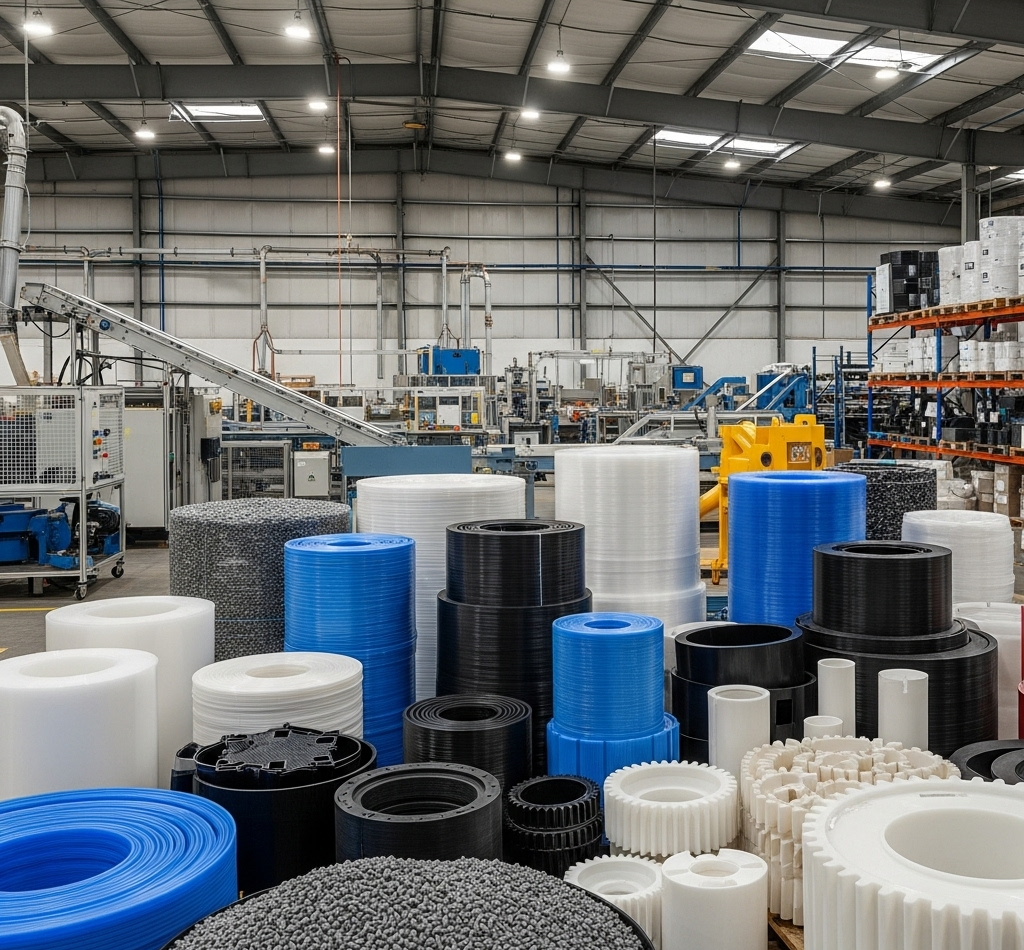
The plastics industry, a cornerstone of modern manufacturing, relies heavily on efficient procurement to keep supply chains humming. Yet, many companies still lean on outdated tools like Excel spreadsheets to manage complex purchasing processes. While Excel has its merits, it’s not built for the dynamic demands of today’s procurement needs. Transitioning to end-to-end automation can revolutionize how plastics companies handle sourcing, supplier management, and inventory control. Here’s why and how to make the shift.
Excel is the go-to for many procurement teams because it’s familiar, flexible, and low-cost. In the plastics industry, where raw materials like resins, additives, and polymers fluctuate in price and availability, Excel often serves as a quick fix for tracking orders, supplier details, and inventory levels. But this reliance comes with serious drawbacks:
Error-Prone Processes: Manual data entry invites mistakes. A single typo in a resin grade or quantity can lead to costly ordering errors.
Lack of Real-Time Data: Spreadsheets don’t update automatically, leaving teams with outdated pricing or stock levels, especially in a volatile market like plastics.
Scalability Issues: As procurement needs grow—think global suppliers or multi-plant operations—Excel becomes unwieldy, with endless tabs and version conflicts.
Limited Collaboration: Sharing spreadsheets across teams or with suppliers often leads to miscommunication and delays.
These pain points hit hard in plastics, where just-in-time delivery and precise material specifications are critical. Sticking with Excel risks inefficiencies that ripple across the supply chain.
End-to-end procurement automation replaces fragmented, manual processes with integrated digital systems. These platforms—think SAP Ariba, Coupa, or specialized ERP modules—streamline every step, from supplier selection to invoice reconciliation. For plastics companies, automation offers transformative benefits:
Real-Time Visibility: Automated systems provide live updates on material prices, supplier lead times, and inventory levels. This is crucial when resin prices swing due to oil market shifts or supply chain disruptions.
Data Accuracy: By minimizing manual inputs, automation reduces errors in ordering specific polymer grades or quantities, ensuring the right materials arrive on time.
Supplier Management: Digital platforms centralize supplier data, enabling better negotiation, performance tracking, and compliance with industry standards like sustainability certifications.
Cost Efficiency: Automation identifies cost-saving opportunities, such as bulk discounts or alternative suppliers, and streamlines approval workflows to cut delays.
Scalability: Whether managing one plant or a global network, automated systems adapt to growing complexity without breaking down.
Transitioning from Excel to automation isn’t a flip-the-switch moment—it requires strategy. Here’s a roadmap tailored for plastics companies:
Map out your existing procurement workflow. Identify pain points, like delays in sourcing high-density polyethylene or manual invoice matching. Quantify the cost of inefficiencies—hours spent on data entry or losses from stockouts—to build a case for change.
Select a procurement solution that fits the plastics industry’s unique needs. Look for:
Integration with ERP: Ensure compatibility with existing systems like SAP or Oracle for seamless data flow.
Material-Specific Features: Platforms should handle complex material specs (e.g., polymer grades, batch numbers) and volatile pricing.
Supplier Portals: Enable real-time collaboration with raw material suppliers.
Analytics Tools: Leverage data to forecast demand and optimize purchasing.
Cloud-based solutions are often ideal for flexibility and lower upfront costs.
Start by converting critical Excel data—supplier lists, material specs, order histories—into the new system. Cleanse data to eliminate duplicates or errors. For plastics, ensure material codes (e.g., PP, PET, ABS) are standardized to avoid confusion.
Invest in training procurement staff to use the new system effectively. Engage key suppliers early, encouraging them to adopt digital interfaces for quotes, orders, and invoicing. In the plastics industry, where suppliers range from global giants to niche additive providers, clear communication is essential.
Test the system with a single plant or material category, like resin procurement. Monitor KPIs like order accuracy, cycle time, and cost savings. Once proven, roll out the solution across other sites or processes.
Explore AI and machine learning for predictive analytics—forecasting resin price trends or demand spikes. IoT integration can track inventory in real time, ensuring optimal stock levels for high-demand materials like polypropylene.
Digitization isn’t without hurdles. Resistance to change is common, especially among teams comfortable with Excel. Address this through clear communication about benefits, like reduced workload and fewer errors. Budget constraints? Start with modular solutions that scale over time. Data security concerns? Choose platforms with robust encryption and compliance with regulations like GDPR.
Automation is just the beginning. The plastics industry is moving toward smarter supply chains, with blockchain for transparent supplier tracking and AI for predictive sourcing. Companies that stick with Excel risk falling behind competitors who can pivot faster in a market where material costs and availability shift daily.
Digitizing procurement in the plastics industry isn’t just about replacing spreadsheets—it’s about building a resilient, data-driven supply chain. By moving from Excel to end-to-end automation, companies can cut costs, boost accuracy, and stay agile in a fast-changing market. The journey starts with a single step: assessing where you are and envisioning where automation can take you.
© 2025 Lasso Supply Chain Software LLC
Get instant access to our report on the Top Procurement Trends of 2025 by filling out the form below.

Get instant access to our report on the Top Procurement Trends of 2025.